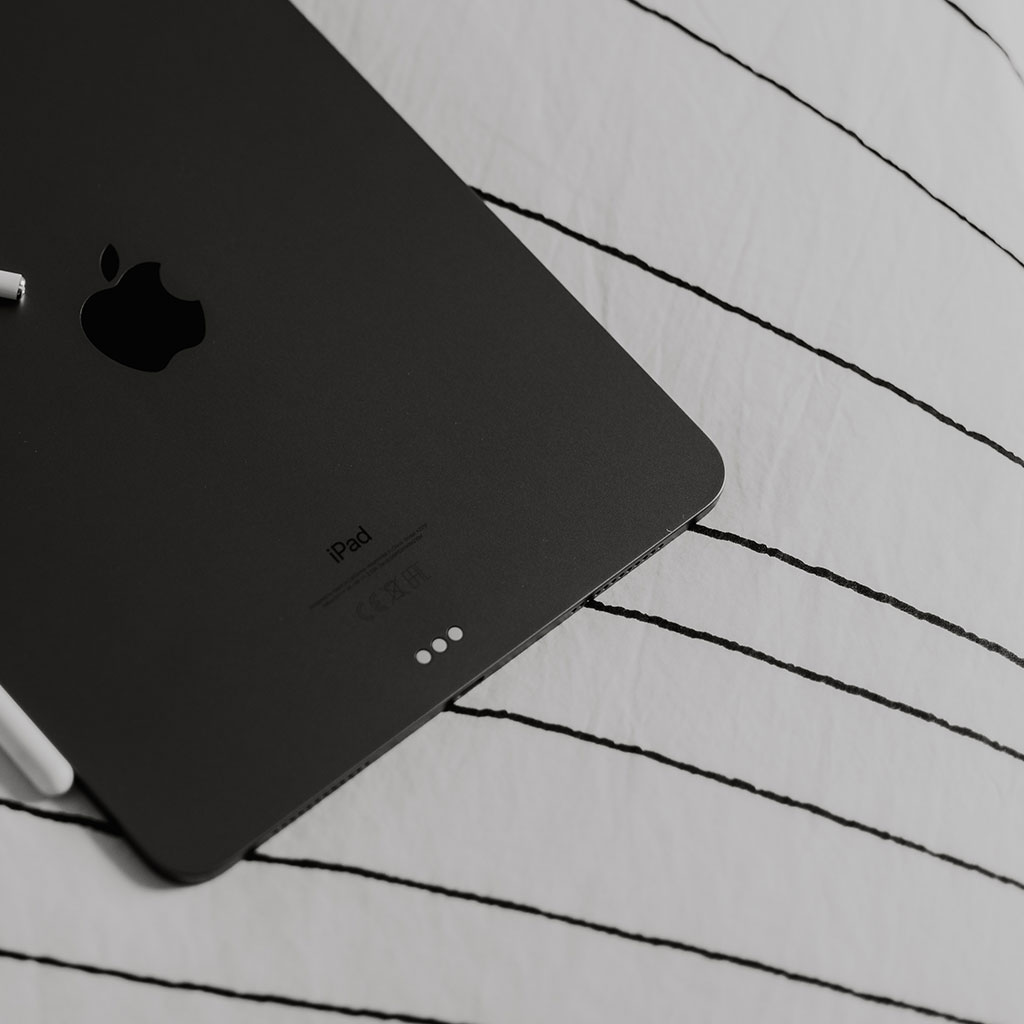Do iPads have USB ports
Do iPads have USB ports
iPads are known for their sleek and minimalist design, but do they come equipped with the versatile USB ports that are commonly found on laptops and desktop computers? Let’s explore the connectivity options available on iPads and how users can interface with various devices.
Are iPads equipped with the versatile and convenient USB ports?
iPads do not have traditional USB ports like those found on laptops or desktop computers. Instead, they use a proprietary port known as the Lightning connector, which was introduced by Apple in 2012. The Lightning connector is a small, reversible port that allows for charging and data transfer. It is used for connecting the iPad to a power source, as well as for connecting various accessories like headphones, keyboards, and cameras.
To expand connectivity options, Apple also offers an adapter called the “Apple Camera Connection Kit.” This kit includes a USB adapter that allows users to connect certain USB devices, such as cameras and SD cards, directly to the iPad. Additionally, with the introduction of the USB-C port in some iPad Pro models, users have a more versatile option for connecting various accessories and peripherals.
It’s important to note that while iPads themselves do not have traditional USB ports, there are workarounds available for connecting certain USB devices, thanks to Apple’s adapters and the USB-C port on some models.
What type of port does the iPad use for charging and data transfer?
The type of port that the iPad uses for charging and data transfer depends on the model. Older iPad models, like the iPad Air 2 and earlier, use a proprietary port called the Lightning connector. This port is exclusive to Apple devices and has been a standard feature for many years. It allows users to charge their iPads, connect to various accessories, and transfer data using a Lightning cable.
However, more recent iPad models, starting with the iPad Pro (2018) and the iPad Air (2020), have transitioned to USB-C ports. USB-C is a versatile and widely adopted industry standard that allows for faster charging and high-speed data transfer. It’s known for its reversible design, which means there’s no “upside down” when plugging in the cable. This change in port type has opened up a broader range of accessories and capabilities for the newer iPads, making them more compatible with various USB-C devices and peripherals.
Can users connect USB devices directly to an iPad?
Yes, users can connect USB devices directly to certain iPad models, specifically those equipped with a USB-C port. iPads released from the 2018 iPad Pro and onward, as well as the 2020 iPad Air, feature a USB-C port rather than the older Lightning port. This change has significantly expanded the compatibility of iPads with a wider range of USB accessories and peripherals. By using a USB-C to USB adapter or a USB-C to USB-C cable, users can connect various devices like external hard drives, flash drives, cameras, and even some printers directly to their iPad. It allows for faster data transfer speeds and provides a more versatile computing experience, especially for users who need to handle a diverse array of peripherals.
For older iPad models that use the Lightning port, connecting USB devices directly is not as straightforward. Users can still achieve this by using a Lightning to USB adapter. This accessory plugs into the Lightning port and provides a standard USB-A port, allowing for the connection of a variety of USB accessories. Keep in mind that while this method works for many devices, it may not support all USB accessories due to compatibility constraints. Additionally, it’s essential to consider power requirements, as some USB devices may need an external power source or may require a powered USB hub to function properly with an iPad.





You must be logged in to post a comment.